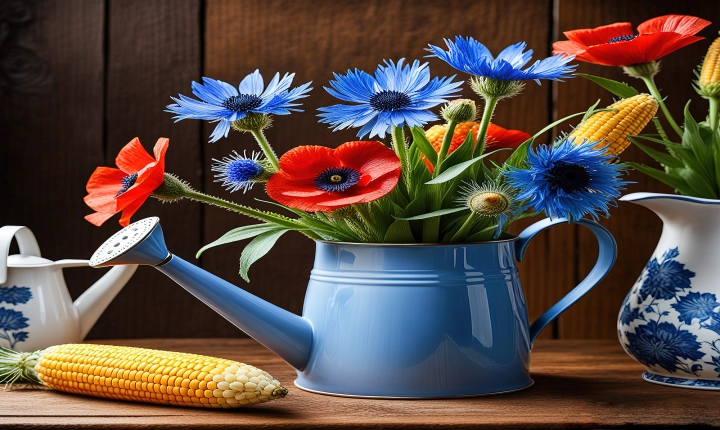In recent years, the use of artificial intelligence (AI) to modify images has gained significant traction, thanks to the advancements in machine learning algorithms and deep learning techniques. Whether it’s for enhancing photographs, creating digital art, or developing realistic computer-generated imagery, AI has become an invaluable tool for image manipulation. In this article, we will explore how AI can be used to modify images and the various techniques and applications that have emerged in this field.
One of the most common methods of using AI for image modification is through the use of generative adversarial networks (GANs). GANs consist of two neural networks – a generator and a discriminator – that work together to create and refine images. The generator creates new images based on random noise, while the discriminator evaluates these images and provides feedback to the generator. Through this iterative process, GANs can produce highly realistic images, making them ideal for tasks such as image enhancement, style transfer, and image synthesis.
Image enhancement is a popular application of AI in modifying images. By utilizing convolutional neural networks (CNNs), AI algorithms can analyze and improve the quality of images by adjusting color balance, contrast, sharpness, and other parameters. This allows for the restoration of old or damaged photographs, as well as the enhancement of low-resolution images. AI can also be used to remove artifacts from images, such as noise, blur, or compression artifacts, resulting in cleaner and sharper images.
Style transfer is another intriguing technique made possible by AI. Using deep neural networks, AI algorithms can extract the style of one image and apply it to another, creating compelling artistic effects. This process involves separating the content and style of an image and then recombining them to produce a new image that retains the content of the original but takes on the artistic style of a different image. This has led to the development of various artistic filters and effects that can be applied to images, allowing for creative reinterpretations of photographs and artworks.
Furthermore, AI has revolutionized the field of image synthesis, enabling the generation of highly realistic and detailed images of objects, scenes, and even human faces. By training deep learning models on large datasets of images, AI can learn to create new images that are indistinguishable from real photos. This has numerous applications, such as creating synthetic training data for machine learning models, generating realistic visual content for entertainment and advertising, and even producing entirely fictional imagery for artistic or design purposes.
The use of AI to modify images has also raised important ethical and societal considerations, particularly when it comes to the creation of convincing fake images and the potential for misuse or misinformation. As AI-generated images become increasingly realistic, there is a need for greater transparency and accountability in disclosing the artificial nature of these images and ensuring that they are used responsibly.
In conclusion, the application of AI in modifying images has opened up a world of creative possibilities and practical applications. From enhancing and restoring photographs to creating new artistic expressions, AI has proven to be a powerful tool for image manipulation. As AI continues to advance, we can expect to see even more sophisticated and diverse techniques for modifying images, with implications across various industries and fields. It will be crucial to navigate these developments thoughtfully, balancing the remarkable capabilities of AI with ethical considerations and responsible use.
